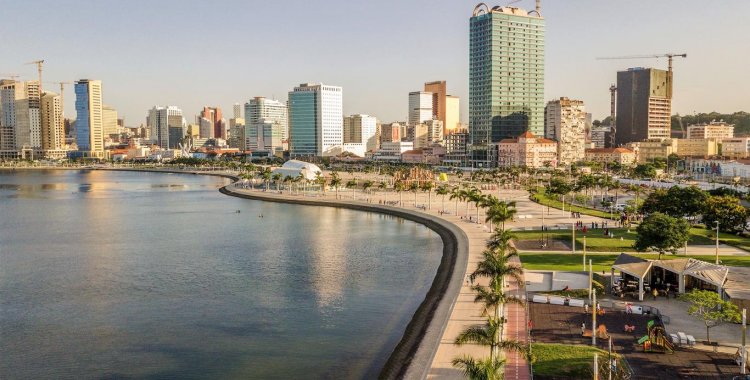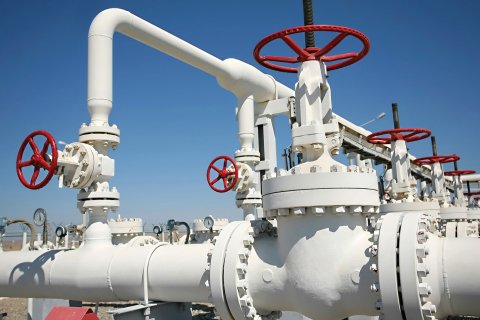"The government's reform program, higher oil prices, and debt relief from some official creditors are reducing immediate liquidity risks; we expect economic recovery and a smaller currency depreciation than between 2018 and 2020 to sustain continued decline in the level of debt, so we have improved Angola's 'rating' from CCC+ to B-", reads a note from Standard & Poor's sent this evening to Lusa.
In the note, S&P explains that it attributes a perspective of stable evolution to the assessment of credit quality, balancing "the still large external financing needs and the associated risks, with the gradual fall in government debt levels until 2025".
The rise in Angola's rating comes a week after Fitch Ratings also raised its opinion on credit quality, and on the same day that Fitch Ratings raised its assessment of Banco Angolano de Investimento, as a result of the improvement in credit on the country where the bank operates, as a bank cannot have a better 'rating' than the country where it is located.
"Risks on Angola's debt repayment have diminished due to the above-expected improvement in debt metrics, the track record and expectations regarding fiscal prudence, and a more supportive external environment," write S&P analysts, who consider that the slowdown of the covid-19 pandemic will highlight the efforts of recent years.
"As the Covid-19 pandemic subsides, the country is seeing the gains from difficult reforms implemented in recent years and under the program with the International Monetary Fund between 2018 and 2021, including exchange rate liberalization, introduction of VAT and rationalization of expenditure", reads the note sent to Lusa.
S&P expects public debt to have "slumped to 75 percent of GDP in 2021, down more than 55 percentage points from 2020, a dramatic drop that was helped by the currency's 18 percent appreciation at the end of last year against year-on-year, in addition to a substantial rise in nominal GDP".
This evolution, the analysts conclude, "reverses a good part of the 67 percentage point rise recorded in the level of debt between 2017 and 2020, which was largely motivated by the depreciation of almost 75 percent of the currency".
S&P improves Angola's rating to B- and says country has already grown 0.2 percent in 2021
Financial rating agency Standard & Poor's upgraded Angola's rating to B-, predicting that the economy had already emerged from recession last year, growing by 0.2 percent, and accelerating to 2.3 percent this year. .







